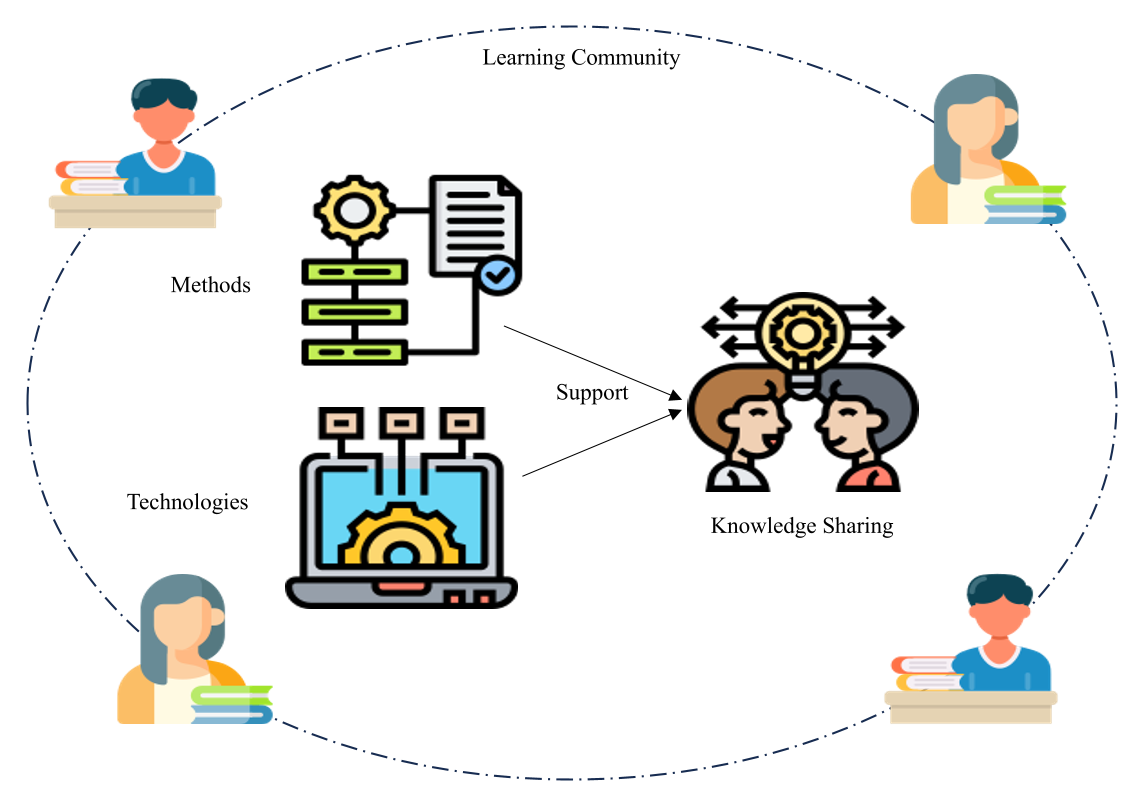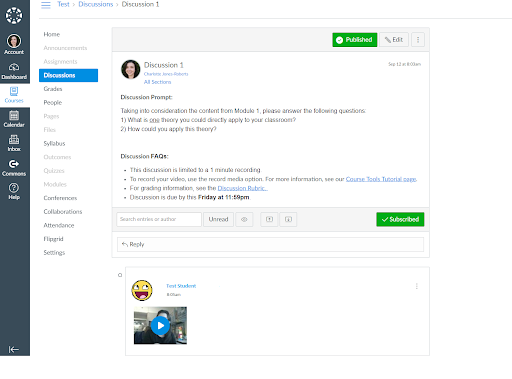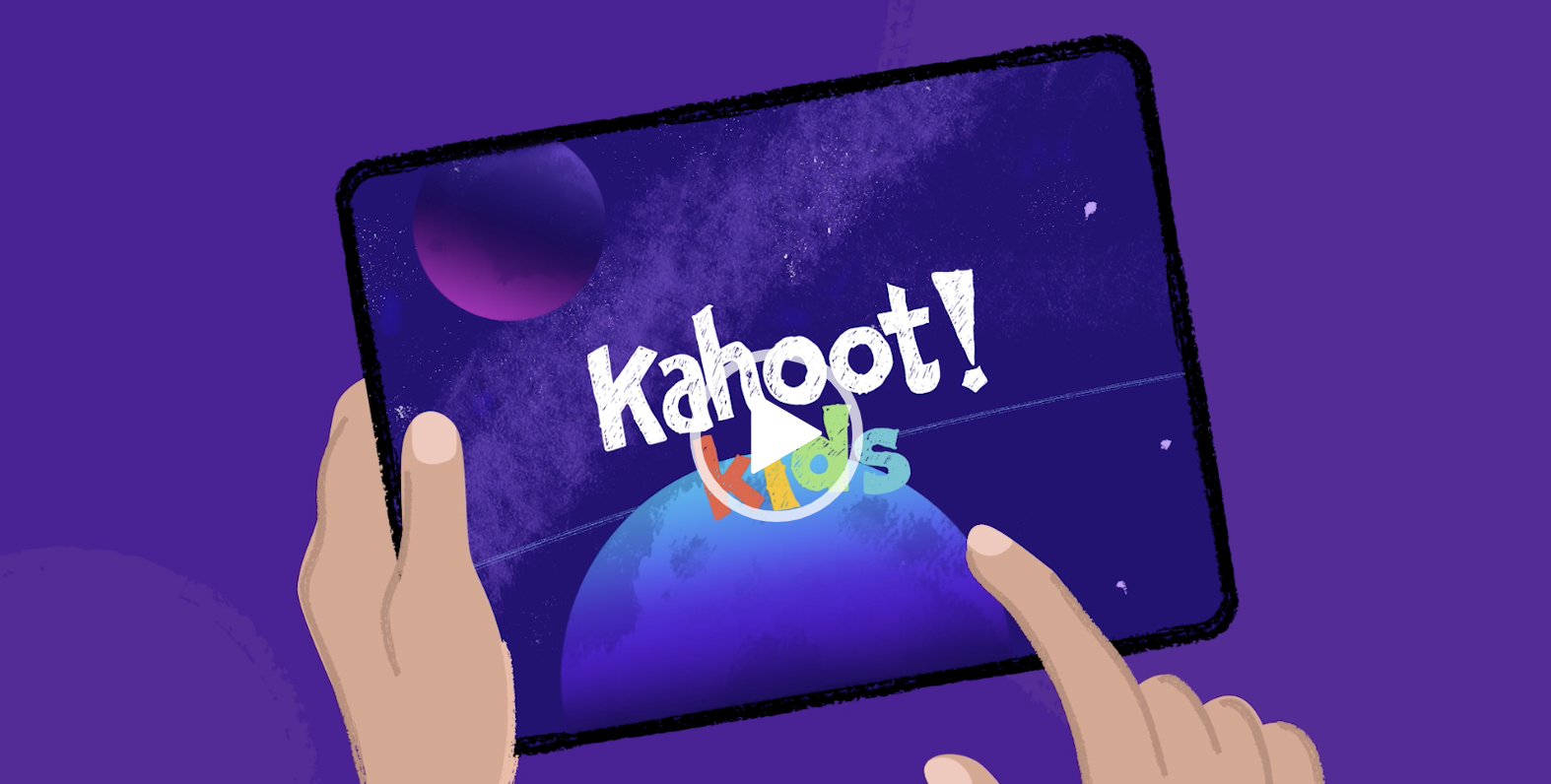Building a Cooperative and Participative Online Learning Community
Building a strong online learning community requires student success and engagement. Because students often feel disconnected, there is a greater need to organically embed strategies and tools that establish effective collaboration, communication, and meaningful learning. Below, I outline the key strategies I plan to implement to establish a positive online learning environment, drawing from various learning theories and a collection of effective digital tools.

Quick Links to the readings used:
Read Section 4.4 of Bates’ text: Online Collaborative Learning
Building Community in an Online Course | The Innovative Instructor
Making Connections through LMS Forums
A core approach to enhancing student interaction involves the use of Canvas LMS forums. In this space, learners can introduce themselves, ask questions, and share their thoughts on course topics. As identified by Brusini (2020), this space does not only serve as an icebreaker but can be used by learners to share their experiences and ideas as a way of creating a sense of community in the online environment. As an instructor, I pledge to make personalized responses, giving timely and thoughtful feedback to the students’ posts to make them feel heard.

To this end, I will create an introductory discussion board where the students introduce themselves and make reflection on the content of the course. This is a principle of Online Collaborative Learning because of the activity it precipitates in idea sharing and knowledge construction, as argued by Harasim (2017). The asynchronous discussions, therefore, shall be used by the students to create a deeper learning process.
Interactivity Tools for Collaboration Learning


Kahoot! quizzes and Liveworksheets are examples of interactive tools that present opportunities for collaboration and peer learning in an engaging way. Kahoot! is going to add some fun and competitive spirit in it, enabling the students to answer the questions in teams; that would help them connect while learning. In Liveworksheets, students will practice individually and then come together in review sessions, giving them the opportunity to go back and share their answers with their peers.
These tools will encourage peer interaction and collaboration, which is very helpful in the process of community development. According to Brusini (2020), all kinds of peer review and group activities consolidate the relation between different peers, leading to better engagement and learning. I would ask the students to discuss their quiz results with their peers in order for collaboration and in-depth learning to take place.
Synchronous video conversations for real-life interaction.
Other powerful tools for fostering community are synchronous video chats. Brusini (2020) says that less isolation and deeper connections are promoted through real-time interactions. Group discussions can be held via video chats in which students ask questions, share ideas, and receive immediate feedback from me and their peers.
I will clearly outline the ground rules for discussion so that everybody feels protected in expressing an opinion. In addition, these discussions provide an opportunity to clear up misunderstandings and offer clarification, further promoting student engagement.

Parent-Teacher Communication
For younger learners, it is essential to keep their parents informed and involved. Through Canvas Announcements and direct messaging, regular updates and feedback can be shared to maintain ongoing contact and support a strong collaborative relationship between parents and instructors. According to Brusini (2020), such regular contact ensures the course is supportive and inclusive for each participating student. Parents will also be encouraged to provide feedback about their child’s progress to make the learning environment more collaborative and inclusive.
Assessment Practices to Ensure Engagement
A community of learners does not just mean interaction but requires valuable assessment too. Therefore, students’ participation in discussions, group work, and interactive tools will also be included in the assessment criteria. As indicated by Brusini (2020), regular interaction will help the students to achieve academic success with the development of meaningful relationships with peers. The quality of contribution and participation to discussions and group activities, quizzes, and other interactive engagements through which students in my course shall be assessed.
Regular feedback will help keep students motivated and guide their progress throughout the course. I will provide constructive comments on their work, offering actionable steps for improvement. This ongoing feedback, coupled with formative assessments like quizzes and summative assessments such as final projects, will allow students to showcase their learning and creativity (Harasim, 2017). It helps students become actively involved in course materials at a deeper level than simply memorizing; this process leads to more profound learning and collaboration among students
The Role of the Instructor in Building Community
Another important aspect of the online community is the instructor’s role. According to Harasim (2017), an instructor should not only provide resources but also facilitate learning processes through discussions, questioning, and timely feedback. The instructor should be present to support the students and make them feel safe and comfortable enough to contribute in any way.
Along this line of thinking, the development of social presence is instrumental in building trust and encouraging participation. In my course design, I intend to share an introductory video so that students can create a personal bond with me, their instructor, which will minimize the feelings of isolation. In this regard, the CoI model emphasizes social presence as key to the construction of a fruitful learning community: Garrison, Anderson, & Archer (2000).
Cultural considerations of collaborative learning.
In this online classroom, students may come from different cultural backgrounds, which could impact their involvement in activities for collaborative learning. Some of these students may not be used to open discussions or may view the interaction with their peers in a different way. It is vital to create an inclusive environment that values such differences and supports students in sharing their ideas (Bates, 2019). Clear guidelines on participation and active facilitation can make these jumps, so that all feel comfortable contributing to discussions.
Leveraging Technology to Collaborate
Last but not least, technologies promoting collaboration play an immense role in these aspects. Availability of video conferencing facilities-like Zoom and Google Meet-engages critical discourses, one prime tenet of OCL and CoI in all its ramifications. This has been increasingly knocking down barriers that have placed hindrances before the students so far in meaningful engagement in a class, rather than what has normally been envisioned when a traditional classroom is confronted face-to-face.
Conclusion
This means that a well-planned approach is essential for engaging an online community while providing support. By designing entry points for collaboration, offering timely feedback, and utilizing interactive technologies, I will foster a course environment that keeps students connected, motivated, and empowered. By each interaction, the growth of a community of learning occurs through asynchronous forums, live video chats and/or collaborative tools like Kahoot! This is how the ecosystem of tools wth Edpuzzle grows and strengthens online, together with Liveworksheets.
The integration of OCL principles and the CoI model will help drive the shift of online learning courses toward one that focuses on academic success — ideally, social presence, peer support and collaborative learning. The end goal is that students realize they can be valued, engaged, and encouraged in contributing to their learning as a whole.

Hi Neeraj,
This post promotes the value of teamwork and communication in online learning and is generally organized well and interesting. You can offer some examples of how you would deal with difficulties, such as pupils who are shy or not used to taking part in class discussions.
You provided several very helpful tactics for maintaining student interest, such as the use of video chats, interactive tools like Kahoot!, and Canvas forum The focus you placed on the instructor’s role in helping students feel connected and supported was an excellent point. This post is excellent! You did a good job of explaining how to create a vibrant online learning community. Well done!
Hi Neeraj!
Your discussion on fostering connection in online learning resonated with me, especially your focus on building a sense of community in digital spaces. It’s true that without intentional design, online courses can feel isolating rather than collaborative. I appreciate how you highlighted specific strategies for encouraging engagement—have you found any particular methods that work especially well for students who are hesitant to participate? Also, how do you balance structured interactions with organic, student-led discussions to keep engagement authentic? Your insights provide a great perspective on making online learning more meaningful, and I’d love to hear more about any challenges you’ve encountered along the way!
Hey Allysia
For students who are shy, I would make sure they feel safe by giving them small tasks to start with and helping them one-on-one. I would also let them choose some topics to talk about in class, so they feel excited and in control of their own learning. Nevertheless, even after such efforts some of the hesitant kids still stay hesitant.. :D. Thats’ always challenging.
I cannot agree less with the importance of student engagement in online learning, and I think your idea of using synchronous video chats for interaction and group discussion plays a major role in reducing students’ feelings of isolation. Reflecting on the influence of culture on how students interact online, what do you think might be the best approach to creating an inclusive learning environment?
Hey Ayodele
Probably, to create an inclusive learning environment, I think it’s important to respect everyone’s culture and encourage students to share their ideas in their own way. I know it takes time when kids are small, especially during online classes. However, I would make sure that everyone feels safe and valued by setting clear rules for respectful conversations and giving students chances to speak up when they’re ready.
Hey Neeraj,
The structure of your approach to create a cooperative and participative online learning community demonstrates both reflection and planning. You provide thorough details about delivering quick feedback as well as promoting peer collaboration and real-time engagement to counter social isolation. Participation will increase because of using Kahoot! as well as Canvas forums and video chats. Students experience complete value and comfort because your decision to emphasize cultural inclusivity is outstanding.